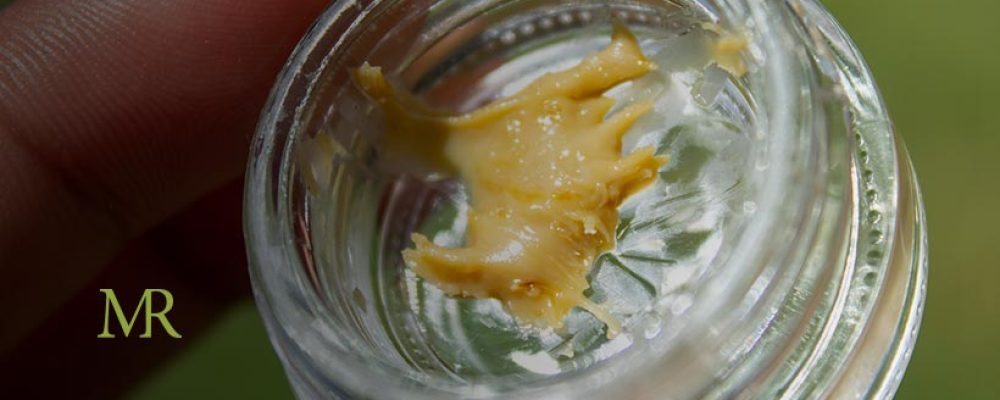When it comes to the long-standing art of solventless concentrate processing, efficiency is vital to success. While making solventless concentrates is a pretty straightforward process, there are many different ways to go about it. Luckily, the formula still involves a few do’s and don’ts, and familiarizing yourself with them can make your technique more effective, increasing your profits and streamlining your production. Below is a breakdown of the essential best practices for processing solventless extracts and a few helpful tips along the way.
1. Start with a 5-year plan
It takes a long time to get a license to process concentrates in the cannabis industry. In fact, obtaining a license is one of the most challenging aspects of getting involved with the cannabis industry. While that should always be a priority, you should also establish a plan for your brand itself before you do anything else. Solventless extracts are the fastest-growing segment in concentrates in the United States as customers search for products made more naturally. Think about where you’d like your brand to be in 5 years and go from there. Establishing a 5-year plan can help you obtain more investors for your facility by making it clear how you plan to roll out specific SKUs in phases. It’s important to cover your marketing strategies, product ideas, and where each product drop fits into your timeline.
2. Do your research
Concentrates are all different, and solventless is the crème de la crème. Solvent-based and solventless processing techniques are vastly different, and shouldn’t be conflated. While solventless extraction is more time-consuming, solventless labs don’t require all of the various parts and pieces that solvent-based labs do. That said, your build-out strategy is going to be much different from solvent-based labs. For example, storage and packaging space is more important for solventless production than lab space. You’ll need a place to store products, package them, and cover supply chain issues in the event you need to buy in bulk. Effective storage leads to a more efficient facility. Do your research and tour other facilities to ensure an easy rollout and implementation of your 5-year plan.
3. Establish an efficient facility
You’ll want to make sure you have a cold room in your facility before you begin processing solventless concentrates. This helps with the extraction process and can leave you with better smelling, tasting, and looking products. It should never get higher than 55°F inside, but that said, you don’t necessarily need to go as far as utilizing walk-in freezers. If you want to bring a superior product to the masses, you can’t wash in room-temperature rooms. It doesn’t get the right consistency that consumers are looking for. You’ll also need the cold room for gramming and packaging products to preserve terpene profiles and structural integrity. Your facility should also have a dependable storage tank for your water and ice. Storage tanks can pre-chill your water and store extra RO filtered water, saving you time and making your facility more efficient. Lastly, you should take ceiling height into consideration. It’ll be expensive in cooling costs to have a cold room with a vaulted ceiling, though extra height in your lab space or storage spaces can improve your workflow. Remember, you’ll want to have enough room for all of your equipment, but you’ll want to be modest when considering cooling.
4. Use RO water and ice
Ordinary tap water is full of things that can mess up your final product. During the washing process, chemicals, metals and otherwise can bind to your trichomes and alter your product’s appearance and consistency, which can be dangerous as well as unable to compete in the market. Clean reverse-osmosis (RO) water and ice is necessary for an effective wash and a high-quality product. That’s why it’s so important to have water storage within your facility. RO filtering is a time-consuming process and having plenty of clean water and ice on hand can speed up your workflow. For each batch, you’ll need ⅓ cannabis, ⅓ clean ice, and ⅓ clean, cold water.
5. Use quality starting materials
Your solventless products are only as good as your starting material. Even the most experienced processors can’t make an $80 gram of live rosin with inferior quality starting materials. If your facility will be vertically integrated, it helps to bring in master growers to produce crops with more resinous trichomes that wash better than other strains. If you’ll be sourcing your cannabis elsewhere, it’s important that you’ll have plenty of cold storage space to store fresh-frozen materials before processing. You should do extra research to ensure the places you’re sourcing your flower from are following stringent quality control standards for the freshest materials, keeping your business running efficiently.


